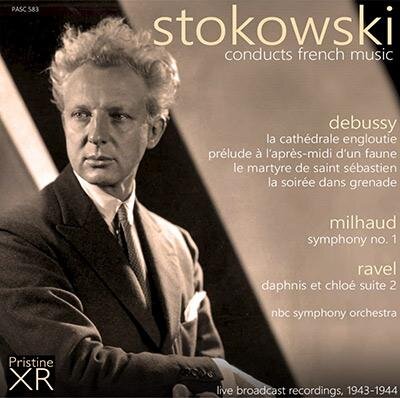Classical music composers in the 21st century find themselves in an unenviable position. Can there really be anything new under the sun? After the disintegration of the mid-20th century avant-garde, followed by the implosion upon tonality that was the minimalist movement, it can sometimes seem as if the composers of today are lone wayfarers on a landscape decimated by the tramping of the giants which had preceded them. Some composers have sought their way out by finding refuge in a past which provides some semblance of order; others, like Michael Finnissy, rummage through the wreckage of musical history and ponder what it all meant.
The jumbled kaleidoscopic visions of Finnissy’s Gershwin Arrangements and More Gershwin are no straight transcriptions, not even “rambles” in the style of Percy Grainger. Even when they are at their most exuberant, the prevailing mood is that of a post-mortem. The once living human being known as “George Gershwin,” these works suggest, has been obliterated by the sheer weight of his own success; his resulting absorption into postwar consumer culture stripping him and his legacy of their original organic meaning. Instead, what Finnissy creates here are edifices that are the aural equivalents of a mobile sculpture composed of trash, akin to Sabato Rodia’s Watts Towers: Recontextualizing detritus into something entirely new and strangely beautiful. Gershwin’s melodies are treated like random found objects repurposed with newly devised incongruous, often audacious results that their original creator could never have possibly dreamed of. Musical history is over, one often feels listening to these works, and all that is left is to write the obituary.
Pianist Lukas Huisman is a compelling and clear-eyed guide through these wondrous, phantasmagorical scores; dancing sure-footedly through this complex music which sounds as if the Roaring ‘20s were processed through a meat grinder. He also provides the disc’s excellent liner notes. Piano Classics’ sound is close-up, but not garish, allowing enough reverberation to impart a mildly hallucinatory quality to the proceedings.
There is no woe or despair in Finnissy’s declaration of death as proclaimed by Huisman. Rather, both composer and pianist invite the listener to consider how a new music could arise from the ashes of the old. Classical music is dead, long live classical music.











